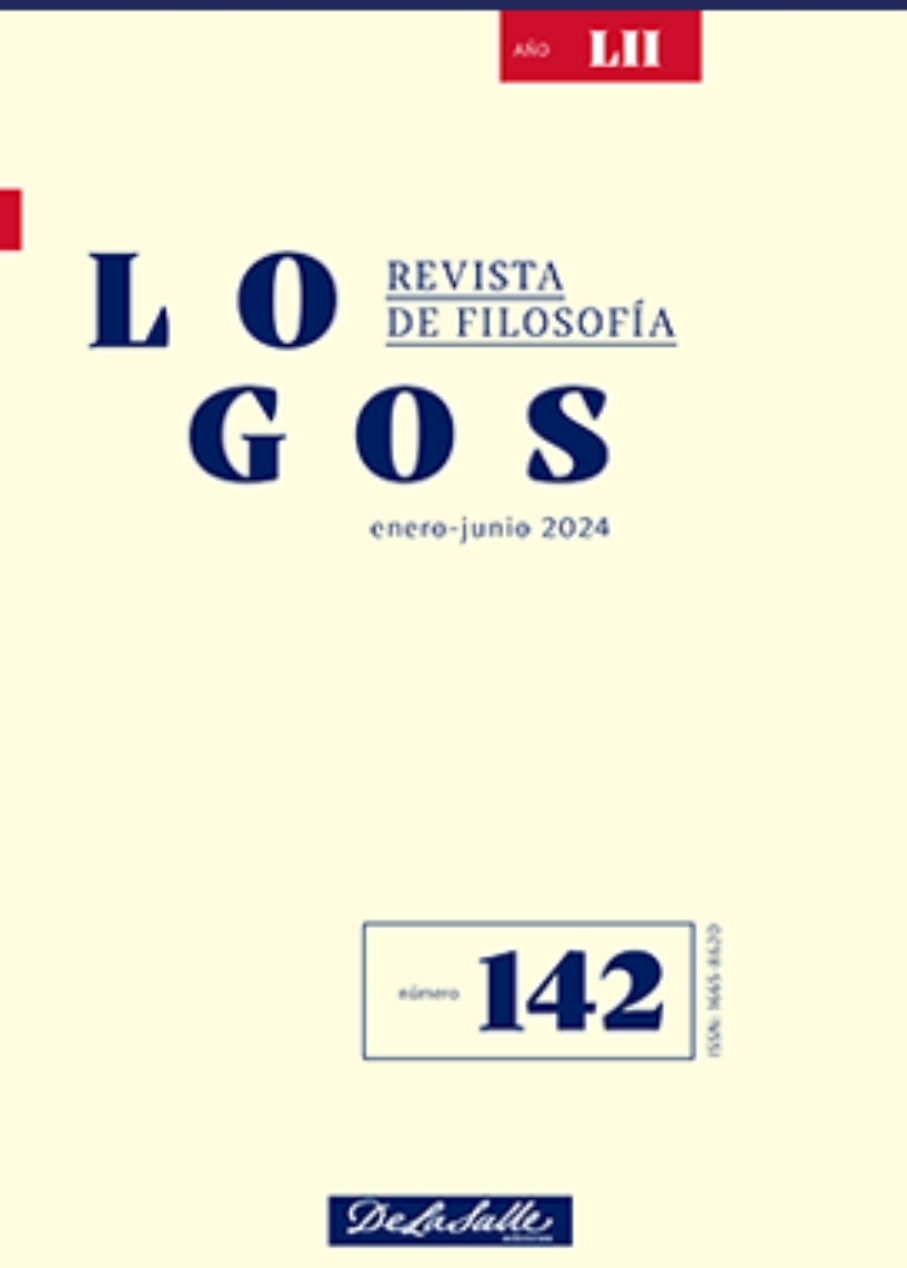crispr/Cas9: genomicized mythology
Keywords:
Mejoramiento humano, mitos, crispr/Cas9, edición genética, dilemas éticos, avances científicosAbstract
The desire for human enhancement has interested humanity throughout history. Myths contain a significant portion of these aspirations, evolving and taking on new nuances. In this work, we demonstrate how elements linked to the desires for immortality from the ancient Sumerian myth of the Epic of Gilgamesh are reborn in the new desires constructed around crispr/Cas9. This successful tool of molecular biology is evident in the reflections of transhumanism related to the longing for amortality, eternal youth, dying young, and eradicating human diseases.
Downloads
References
Berzosa Martínez, Cecilio Raúl. “¿De homínidos a post-Humanos? Algunos desafíos del Transhumanismo”. Razón y Fe 279, n.o 1437 (2019): 81-92. https://revistas.comillas.edu/index.php/razonyfe/article/view/10759
Bostrom, Nick. Intensive Seminar on Transhumanism. New Haven, CT: Yale University, 2003.
Bottero, Jean. La epopeya de Gilgamesh: El gran hombre que no quería morir. Madrid: Akal, 2015.
Church, George. Regenesis: How Synthetic Biology Will Reinvent Nature and Ourselves. Nueva York: Basic Books, 2012.
De Jorge, Judith. “Claro que debemos jugar a ser Dios”. ABC Ciencia. 5 de junio de 2019. https://www.abc.es/ciencia/abci-julian-savulescu-bioeticista-claro-debemos-jugardios201906030223_noticia.html#vtm_funnel=exito-registro-gis&vtm_tipoProceso=gis&vtm_procesoFinalizado=si&vtm_proceso=registro.gis&vtm_tipoRegistroLogin=registro-gis
Doudna, Jennifer y Samuel Sternberg. Una grieta en la creación. Madrid: Alianza,2017.
Freud, Sigmund. Psicopatología de la vida cotidiana. Buenos Aires: Amorrortu,1905.
Germain, Gabriel. Genèse de l’Odyssée. París: Presses Universitaires de France,1954
Harris, John. Enhancing Evolution: The Ethical Case for Making Better People. Princeton: Princeton University Press, 2007.
Hernando, Ana. “Tenemos una herramienta que se puede usar para controlar la evolución humana”. SINC. 1 de julio de 2017. https://www.agenciasinc.es/Entrevistas/Tenemos-una-herramienta-que-se-puede-
usar-para-controlar-la-evolucion-humana
Ishino, Yoshizumi, Hideo Shinagawa, Kozo Makino, Mitsuko Amemura y Atsuo Nakata. “Nucleotide Sequence of the iap Gene, Responsible for Alkaline Phosphatase Isozyme Conversion in Escherichia Coli, and Identification of the Gene Product”. Journal of Bacteriology 169, n.o 12 (1987):5429-5433. https://journals.asm.org/doi/10.1128/jb.169.12.5429-5433.1987
Jinek, Martín, Krzysztof Chylinski, Inés Fonfara, Michael Hauer, Jennifer A.
Doudna, Emmanuelle Charpentier. “A programmable Dual-RNA-Guided DNA Endonuclease in Adaptive Bacterial Immunity”. Science 337, n.o 6096 (2012): 816-21. https://www.science.org/doi/10.1126/science.1225829
Luigia Achillea, Stella. Il poema di Ulisse. Florencia: La nuova Italia, 1955.
Luque, Enrique. “Viejos y nuevos mitos”. Reis, n.o 93, (2001): 9-25. doi: 10.2307/40184326
Montoliu, Lluis. Editando genes: recorta, pega y colorea. Pamplona: Next Door Publishers, 2020.
Morley, John. E. “Senolytics: The Modern Snake Oil?” The journal of Nutrition, Health & Aging, n.o 23 (2019): 490-493. https://doi.org/10.1007/s12603-019-1202-1
Pearce, David. Can biotechnology abolish suffering? North Caroline: The Neuroethics Foundation, 2017.
Rank, Otto. El mito del nacimiento del héroe. Buenos Aires: Paidós, 1961.
Rodríguez, Helena. “La planta de la inmortalidad en Grecia y el mito de Glauco de Antedón”. EPOS, n.o XXII (2006). https://revistas.uned.es/index.php/EPOS/article/view/10505/10043
Sánchez Sánchez, Teresa. “La edición del genoma: Del homo sapiens al homo excélsior; Una reflexión gen-ética”. Diálogo Filosófico 35, n.o 103 (2019): 43-64. https://www.dialogofilosofico.com/index.php/dialogo/article/view/143/152
Savitsky Mijail, Gonzalo Solis, Mijaíl Kryuchkov y Vladimir Katanaev. “Humanization of Drosophila Gαo to model GNAO1 pediatric encephalopathies”.Biomedicines 8, n.o 10 (2020). doi: 10.3390/biomedicines8100395
Savulescu, Julian. Decisiones peligrosas. Madrid: Tecnos, 2012.
Silva Castillo, Jorge. Gilgamesh o la angustia por la muerte. Ciudad de México: El Colegio de México, Centro de Estudios de Asia y África, 2000.
Thaler, Engelbert. “Transhumanism in Language Teaching”. En Teaching
Transhumanism, editado por Narr Francke Attempto Verlag, 15-29. Tübingen: Narr, 2021.The He Lab, “About Lulu and Nana: Twin Girls Born Healthy After Gene Surgery as Single-Cell Embryos”. Video de YouTube, 4:43. 25 de noviembre de 2018. https://www.youtube.com/watch?v=th0vnOmFltc
Webster, Thomas Bertram Lonsdale. From Mycenae to Homer. Londres: Cambridge University Press, 1958.


